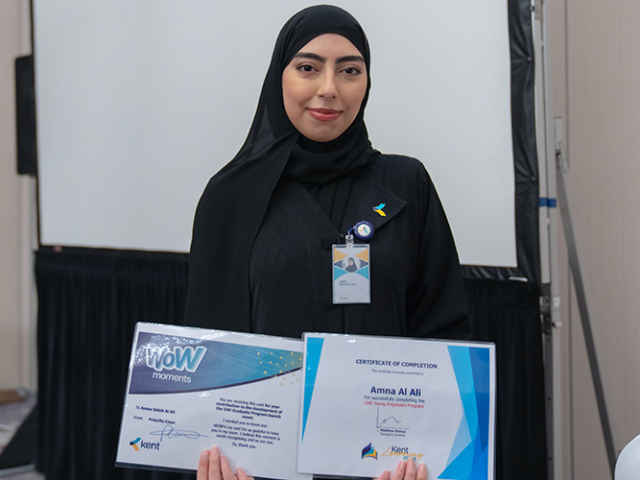EPFL researchers have developed electronic fibers that, when embedded in textiles, can collect a wealth of information about our bodies by measuring subtle and complex fabrics deformations. Their technology relies on transmission line theory and offers a host of applications, such as in health care and robotics.
Professor Fabien Sorin and doctoral assistant Andreas Leber, at the Laboratory of Photonic Materials and Fibre Devices (FIMAP) in EPFL’s School of Engineering, have developed a technology that can be used to detect a body’s movements – and a whole lot more. “Imagine clothing or hospital bed sheets capable of monitoring your breathing and other vital movements, or AI-powered textiles that allow robots to interact more safely and intuitively with humans” says Leber. “The soft transmission lines that we’ve developed open the door to all of this.”
Stretching, pressing and twisting
The researchers invented a sensor that can detect different kinds of fabric deformation such as stretch, pressure and torque – all at the same time. “Finding a method for differentiating all these convoluted movements was our biggest challenge, because it is very difficult for sensors to measure several stimulations simultaneously,” says Leber. “Also, conventional sensors in textiles have several drawbacks. First, they are fragile and break easily. Second, you need a lot of them to cover a large area, which eliminates many of the advantages of fabrics. And third, each type of conventional sensor can detect only one kind of deformation.”
Read more.
Source: “Smart textiles powered by soft transmission lines”, Valerie Geneux, EPFL News




